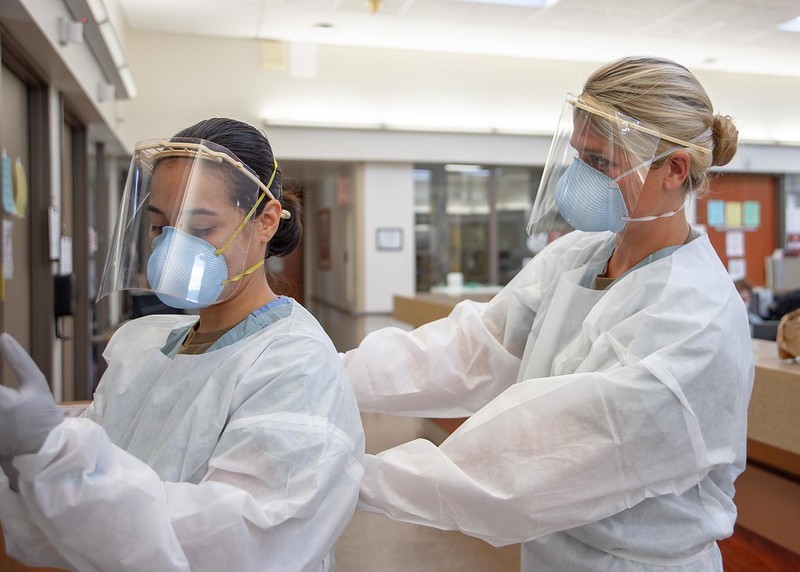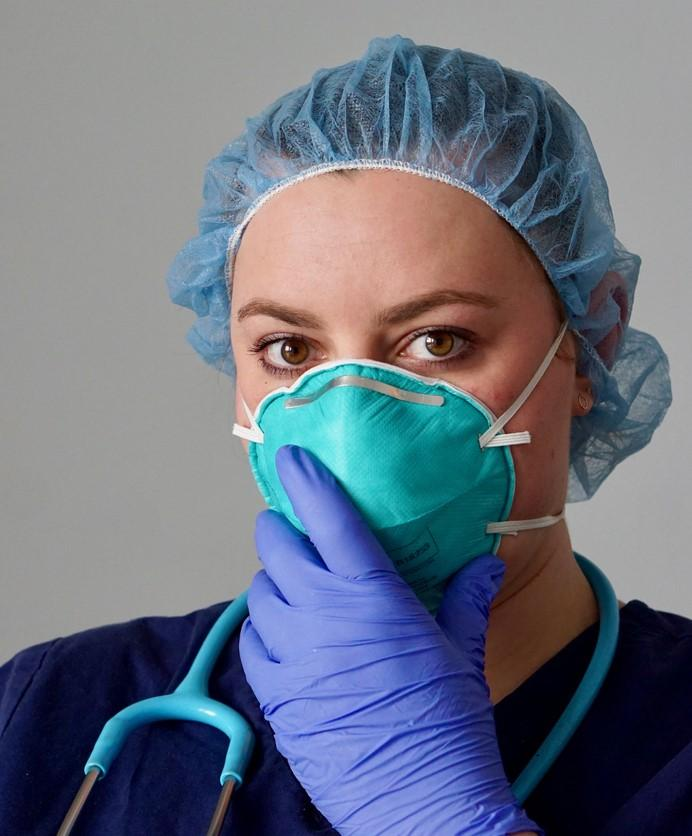The World Health Organization's (WHO's) newly updated COVID-19 prevention and control guidelines purport to protect healthcare workers, patients, and the community, but some experts say they may encourage risky behavior by propagating long-disproven ideas about how viruses spread.
"I think they put healthcare workers and patients and the community at significant risk," said Lisa Brosseau, ScD, CIH, an expert on respiratory protection and infectious diseases and a CIDRAP research consultant.
One of the main problems, said Raina Macintyre, MBBS, PhD, professor and head of the biosecurity program at the Kirby Institute in Sydney, Australia, is that the document doesn't incorporate many of the lessons learned during the pandemic—such as the major role of COVID-19 spread among people with no symptoms.
"The guidelines suggest using symptoms to screen people," she said via email. "This is seen in health guidelines in many countries—emphasis on symptoms ('wear a mask if you feel unwell'), when we know a substantial proportion of transmission is asymptomatic, which is a major rationale for universal masking in high-transmission settings."
Similarly, David Michaels, PhD, MPH, an epidemiologist and professor at George Washington University School of Public Health and a former administrator at the US Occupational Safety and Health Administration (OSHA), said the guidelines don't directly address the modes of COVID-19 transmission.
"I was very disappointed," he told CIDRAP News, referring to the WHO's adherence to what he calls "droplet dogma,'" or the misguided belief that SARS-CoV-2 spreads mainly through droplets rather than aerosols. "It hasn't fully recognized the concept that this novel coronavirus is airborne.
Masks, respirators not equivalent
Nor does the document fully recognize that N95 respirators offer better protection against the virus than medical, or surgical, masks. Rather, it says the Guideline Development Group (GDG) "considered the evidence for particular respirators versus medical masks and agreed that the strength of this evidence was insufficient to recommend one mask over another except in some specific conditions."























